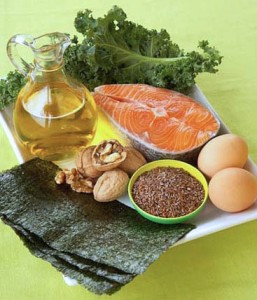Weight gain is often the cumulative effect of a series of small decisions: do you take the stairs or the elevator? Do you walk to the corner store, or drive? Sit in front of the TV, or walk the dog? Fortunately for those who want to stick to a diet, the small decisions we make every day can help us to reach our goals without feeling as though our lives have been dominated by the desire to lose weight. Here are some ways you can focus on the small things that have a huge effect on the success of your diet:
Mentally prepare yourself every day: When you wake up in the morning, consciously think about your diet. Before you even enter the kitchen, remember your goals, and mindfully select food that will fuel your body for the day. Whole grains and fruits are the perfect way to get your metabolism going without spiking your blood sugar levels.
- Enjoy every bite: Take time during your meals to fully chew and savor every bite. Even if you are only eating your dish because you know it’s good for you, remember it’s healthy for a reason—those vitamins and minerals help your body perform the functions that sustain your very life! Rejoice in your body’s incredible machinery, and give it the fuel it deserves.
- Stay accountable: Even if it pains you, step on the scale every day. It keeps you honest, and reminds you that the decisions you make throughout the day are leading you to your goal. You can even keep a food diary to chart your progress and keep track of the foods you eat throughout the day.
- Regularize your eating: Eat at the same time every day, and plan meals that are both nutritious and help you feel sated. When your body gets in the habit of an eating schedule, you reduce hunger and the midday temptation to snack too much.
- Exercise with a friend: Accountability can be the deciding factor in whether or not a diet succeeds. Plus, exercise is much more enjoyable when in good company.
- Take the stairs: Remember, everything matters, and small adjustments make a world of difference when it comes to losing weight. Every opportunity you see to burn more calories or eat healthier, take them. Get acquainted with the stairs, and be sure to break up the hours at the desk with a stroll to the water fountain, or just stand up for a few minutes. Really, anything burns more calories than sitting.
Do you have the secret to a successful diet? Feel free to share in the comments section below!








